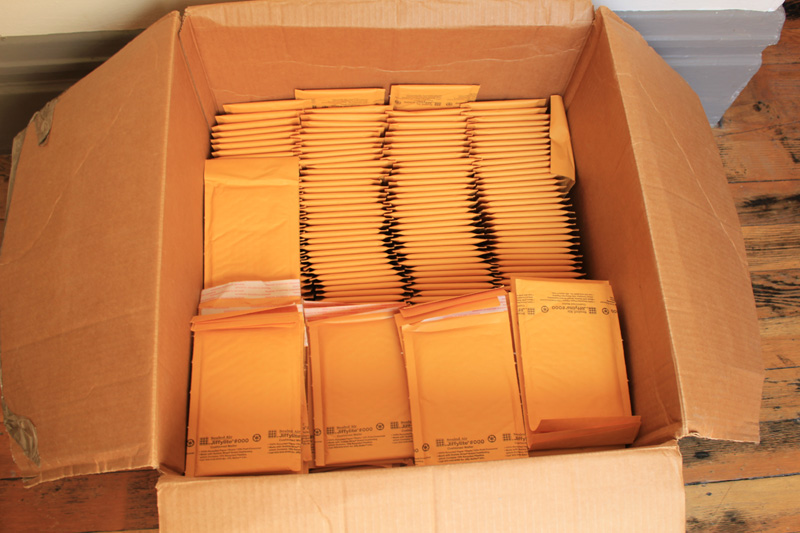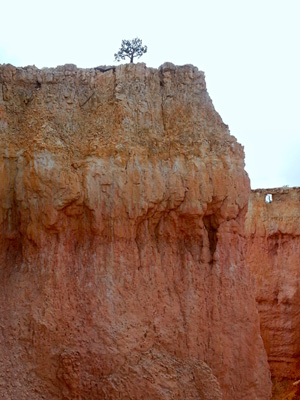I’ve just begun my second week in Baltimore, and already I’ve caught myself with long-term intentions. I’ve hurried through the usual rituals of relocation: I’ve registered my car, and I’ve picked up a driver’s license and library card, an application for a voter registration card, and a collection of guidebooks and maps of the city. But more than that, there’s the way I feel, walking around most nights, slipping into the rhythm of my neighborhood as if I am taking in the details of a stranger who will soon be family, as if it will some day be important for me to know the angles of the fire escapes climbing against red brick buildings or the shape of coiled electrical wires strung along the side of a bridge. It’s an embarrassing feeling—denser and less urgent than infatuation, but shyer and more fragile than love. I’m overeager, ready to attach myself with the guileless certainty of a teenager.
Essays
Django: Elegies and Improvisations with Small Boats

When a boat dies, you usually have two choices: pay hundreds of dollars to have it hauled away, or let it molder and sink into some secluded corner of the yard. A quick tour of my wife’s parents’ town on the South Shore of Massachusetts, where I moored my boat, would suggest that the latter is the norm: those husks and dark prows entombed in plain sight beside rotting cordwood, abandoned swing-sets. Last year, when I discovered that the oaken keel of my sailboat had rotted irreparably, I embarked on my first experiment with time-lapse photography. I rented for twenty dollars a “reciprocating saw”—the contractor’s principal instrument of demolition—known as a Sawzall. After positioning my iPad on a kitchen chair in the driveway of my in-laws’ home, then unraveling forty yards of extension cord from the garage, I plugged in the nasty tool—part torpedo, part robotic swordfish—and grimly laid into the carapace of the little boat over which I had worried and fussed for almost ten years.
Great or What?
Losing a Hive

We lost a hive this winter. We’d set our two hives facing south on the roof of our Brooklyn home for maximum sunlight, knowing that in winter that would translate into maximum exposure to wind and cold as well. My wife, Hali, and our beekeeping consultant, Davin, dutifully taped up the cracks with red duct tape so that the bees would expend less energy over January and February with their self-composed heating system. Generally they cluster around the queen, vibrating their wings and shivering to keep her and themselves warm. It was a harsh winter in Brooklyn, however, and we’d gone up to the roof several times in December to check to see whether the hives were healthy. Both of them seemed okay, the workers’ little furry heads crawling up over the tops of the frames or buried head-first into the pale, hexagonal wax cells. Normally, when you open a hive, even in winter, you are struck by the chaos, the thousands of glinting bodies nosing and circulating, and the sharp hive smell that combines sweetness and sourness in equal proportions.
“The Ship Log”: Sea Stories by Young Writers From New York’s Harbor School

In February, 2014, eighteen seniors at Harbor School, a New York City public high school devoted to maritime careers on Governors Island, a historic military base turned national park, embarked on their first fiction writing efforts. For the next three months, their composition class, which Harbor School veteran teacher Anna Lurie and I taught was devoted to little else. On June 3, they read their work, first in the library, then after school in the Mess Hall to classmates, teachers, and family and distributed copies of The Ship Log, the magazine containing their stories. It was a big day for all of us.
A Sip of Elsewhere: On Reading Into and Out of Place

One February morning, in between blizzards, I was leaning against a pillar on a subway platform, off the express train and waiting for the local, reading as usual, when a large drop of water landed on the book in my hands. The dirty bubble-swell of water—probably melted snow that had seeped from the pavement above into the underground in-between space where I stood—lingered in place yellowly for a moment before blooming into the bottom of page 88. If I let it keep seeping into the book, the paper would dry all wrinkly. If I wiped it off—with my hand? my jacket?—I’d only be spreading the wetness around. Irritation, the kind particular to very minor subway commute dramas, spread through me. The train arrived.
The Lost Sublime of Cave-In-Rock

During the late 18th century and early 19th century, citizens of the newly formed United States were “seeking out the land’s scenic marvels, measuring their sublime effects in language, and even staging an informal competition for which site would claim pre-eminence as a scenic emblem of the young nation” (Sayre 141).
Mapping the Belly of the Whale
When I arrived at Woodbourne prison for that first intake procedure I was surprised to find a certain level of relaxation. Maybe what I mean is not relaxation, but a kind of small town banter that was easy to slip into with the guard who checked me through the metal detector as I set it off again and again. He reassured me he was not going to make me take my shirt off, though the fact that it was fastened with snaps instead of buttons was causing the problem. I told him that I was wearing a T-shirt underneath if it was necessary to remove the outer garment. Harmless flirtation, or maybe just everyday humanity. Whatever you call it, I was not expecting to find it at Woodbourne.
The Word and Its Afterlife
By AMYE DAY ONG

I spend an hour opening envelopes every day in the basement of the American Library Association. Past the freight elevator and the official mailroom with its mechanized sorting machines is a room that looks like a cage because of the metal fencing that covers its entrance from floor to ceiling. A door is built into the fencing and a paper sign reading “Do Not Close” has been affixed, tape looped through the wires so that it adheres to the back of the paper. This long narrow room is divided lengthwise down the middle by metal shelving containing what appears to be every archived publication the Association has ever produced. I do my work in the back corner at two tables covered in razor marks.
Various Horizons: Western Expanses and a Sum of Parts

The $14 manhattans were terrible. We drank them anyway. Las Vegas, Lost Wages, whatever you call it, it was the gateway to our West(ern vacation—three canyons, eight days). The next morning, we ate gigantic omelets beneath a mirrored ceiling, amid fake trees lush in fake pink bloom, pulled out the map and headed through the wide open landscape: straight road, big sky, dry scrub, tumbleweeds.



